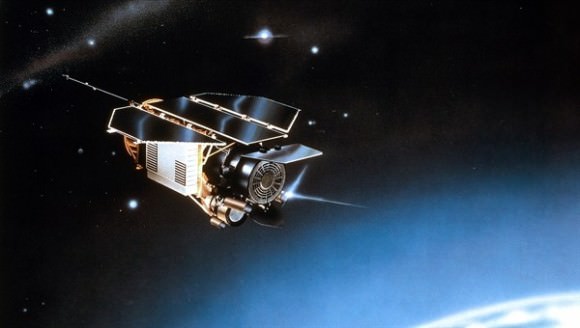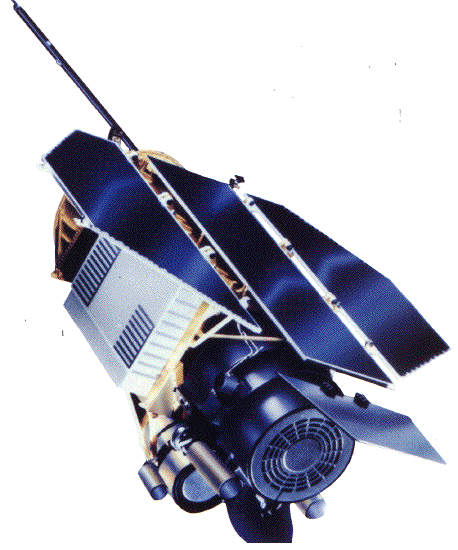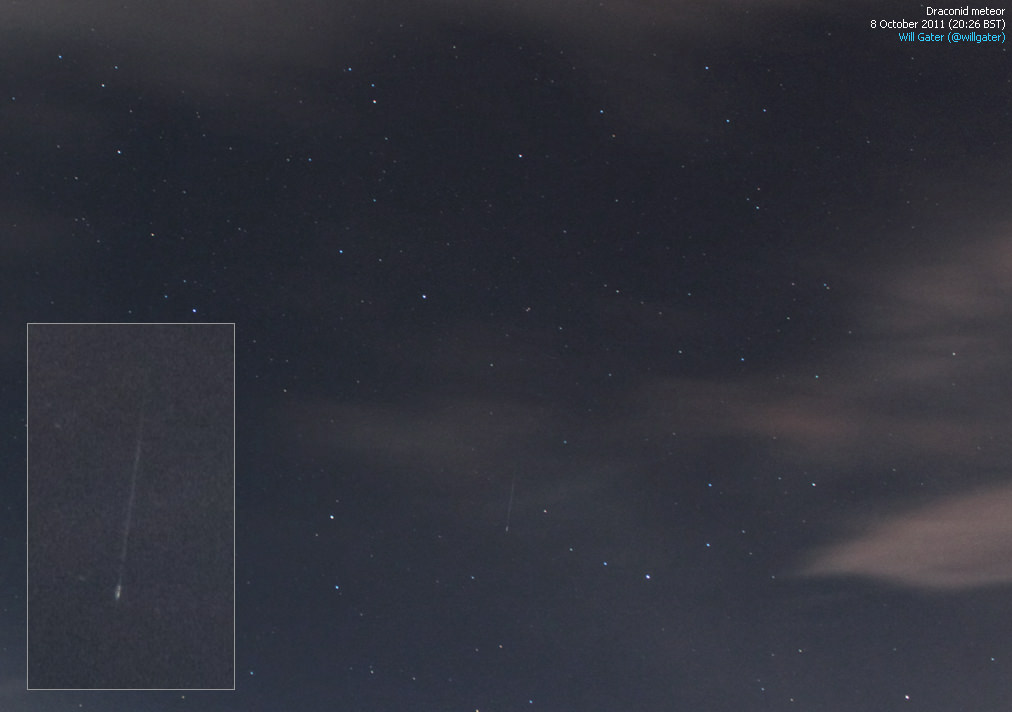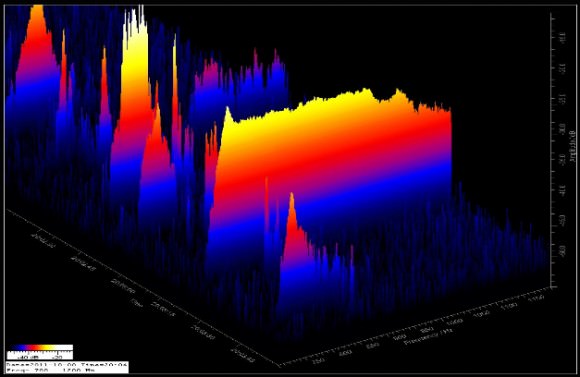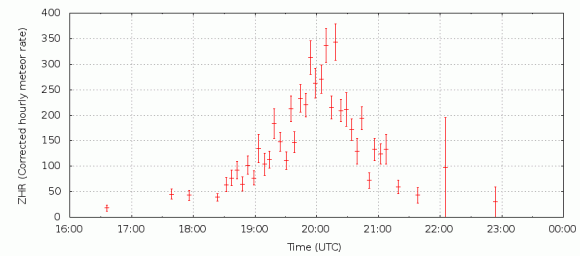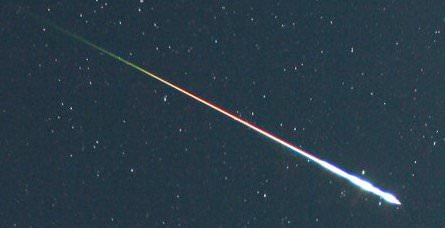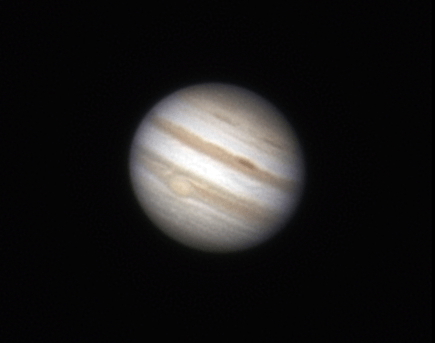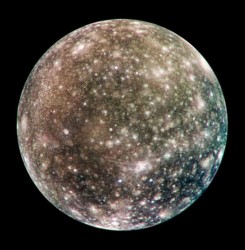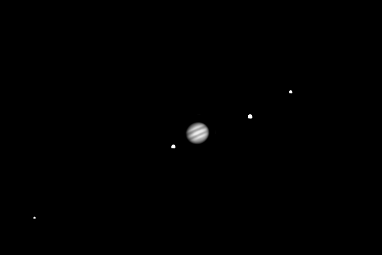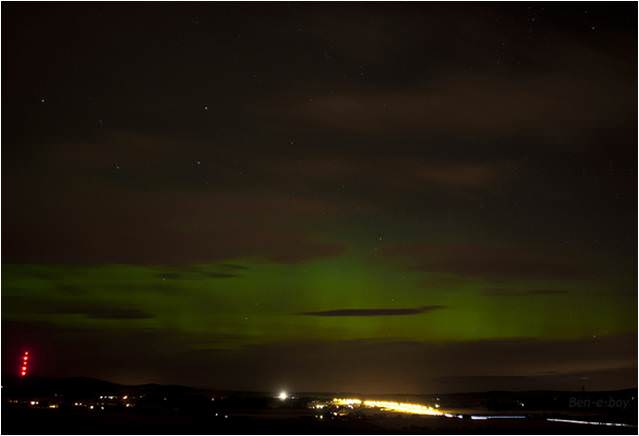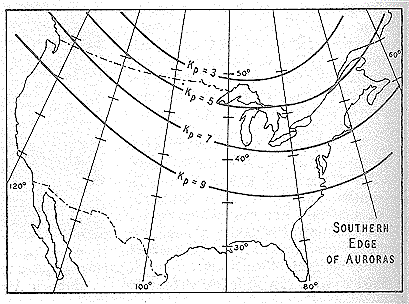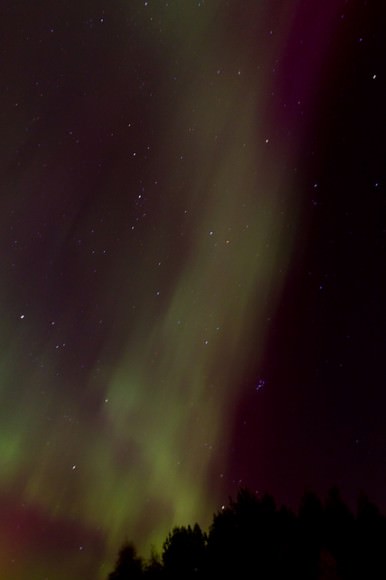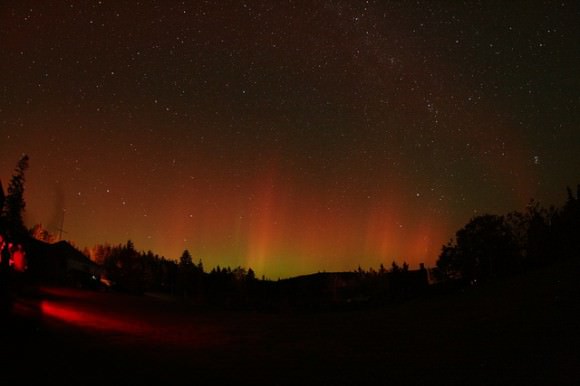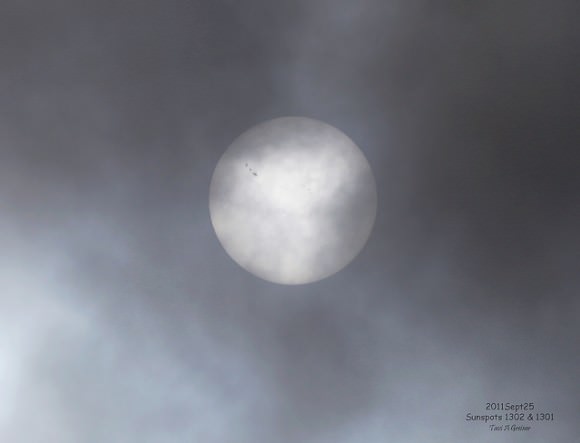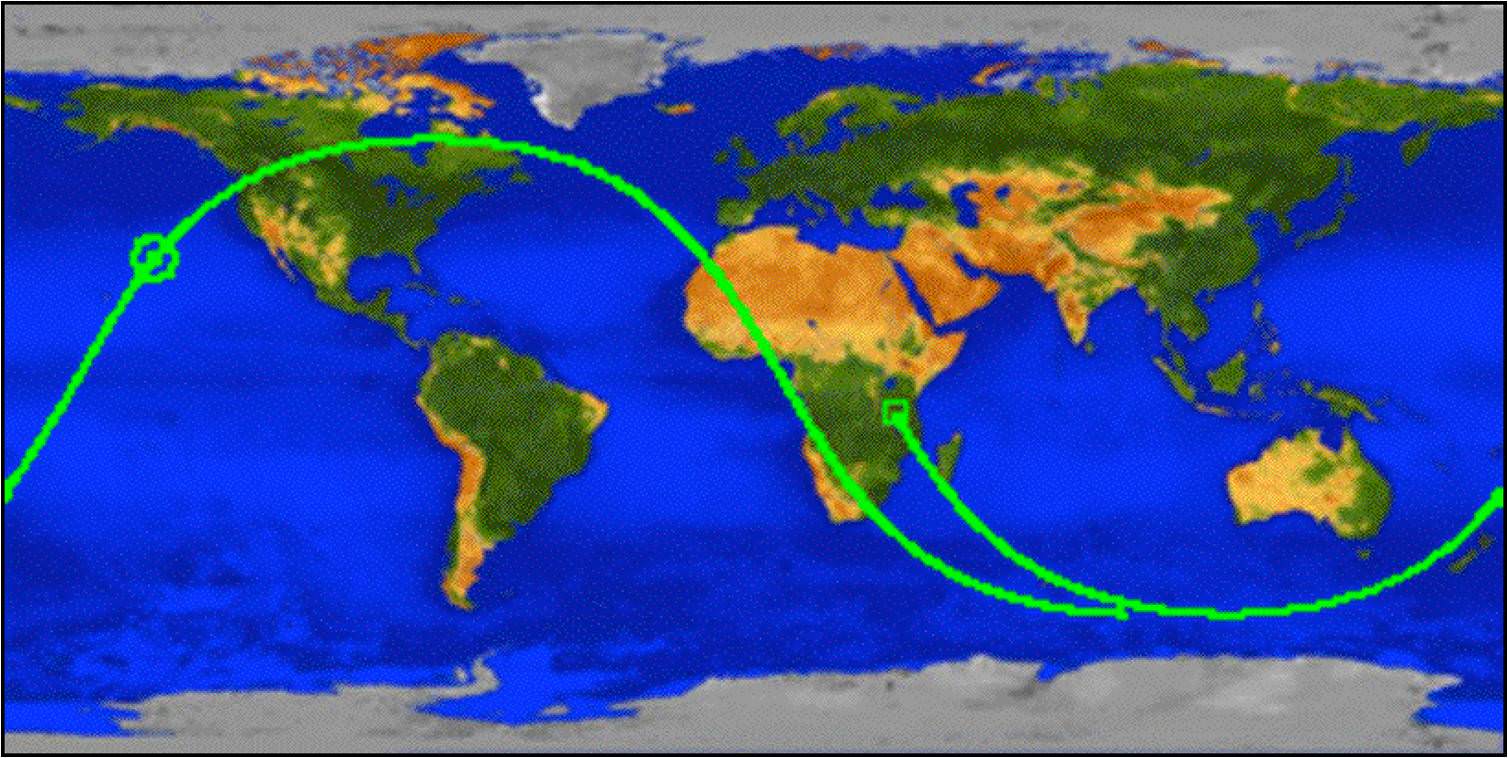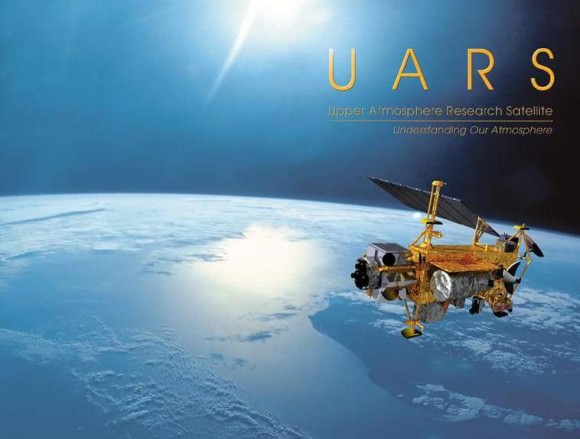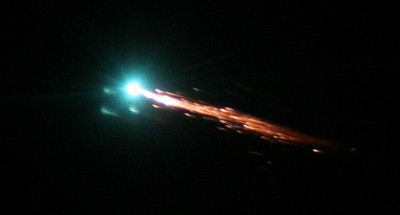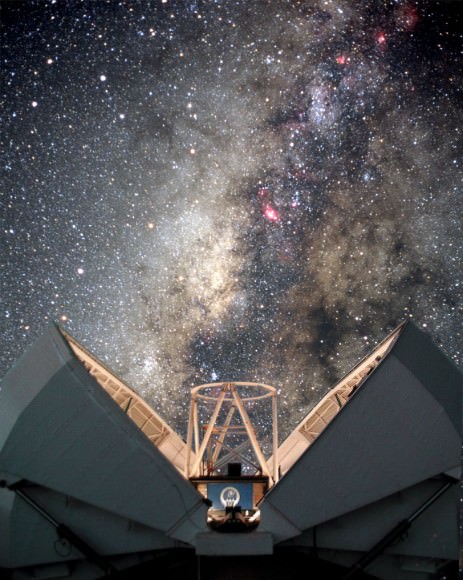[/caption]
The recent re-entry of the UARS satellite was not the end of falling satellite debris, as the German ROSAT X-ray observatory satellite will soon crash back to Earth.
Last month NASA’s large UARS satellite re-entered the atmosphere and burned up over the Pacific Ocean, with about 500 kg of debris falling into the water. But the smaller Roentgen Satellite or ROSAT will have approximately 30 pieces equaling 1.5 tons that will resist burn up and make it to the surface.
The largest piece of the satellite expected to reach the surface is the heat-resistant, 32 inch, 400 kg mirror.
Compared to UARS, there is an increased chance of someone being hit by a piece of the falling debris. The odds have been estimated as a 1 in 2,000; UARS was 1 in 3,200.
As with UARS, it is unknown where ROSAT will burn up and where its remaining parts will impact the surface, however the satellite is expected to re-enter between the 21st and 24th of October. The Center for Orbital and Re-Entry Debris studies predicts October 23, 2011 a 06:40 UTC ± 30 hours.
For up to date predictions check the Centre for Orbital and Re-Entry Debris Studies.
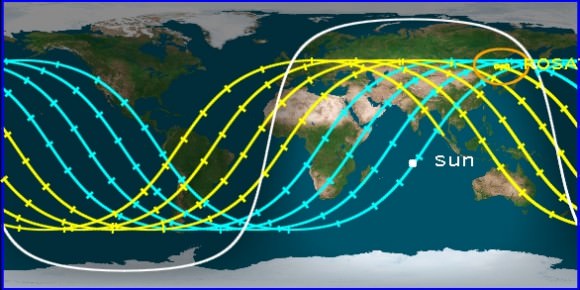
Until then, you can keep an eye out for the small satellite as it is a naked eye object. It’s nowhere near as bright as the ISS, but it is visible. Check Heavens Above or Spaceweather for predictions of when it will pass over your location.
The 2.4 ton Roentgen Satellite (ROSAT) was launched by NASA in 1990 as a joint venture between Germany, Britain and the USA.
The satellite was designed to catalogue X-ray sources in deep space and mapped around 110,000 stars and supernovae. It also discovered that some comets emit X-rays. It was permanently damaged in 1998, and its mission was officially ended in February of 1999.
ROSAT will soon meet its fiery end; will you see it pass over before then?
Keep an eye out for that falling mirror.
